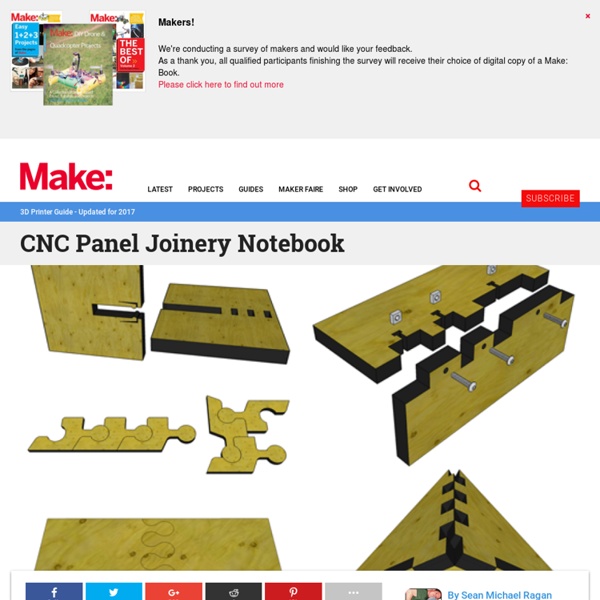Lite6 - A high quality, low cost HotEnd for everyone
Posted On: 2015-04-01 13:32:47 ; Read: 403 time(s) Introduction We know that not everybody needs the all-metal high-temperature performance of an E3D-v6. We’ve come to realise that there exists a need for a hotend that is reliable, and puts out great prints, but meets the budget of those who are just getting started in 3D printing. Lite6 is our answer to that need. Lite6 Assembled Lite6 does not supersede v6 - more compliments it, think of Lite6 as v6’s little brother. E3D-Lite6 v.s E3D-v6 Features: Aimed at printing everyday materials. Lite6 cannot offer the same high-temperature performance as E3D-v6, which means that you can’t print higher-performance engineering plastics like Nylon, Polycarbonate, and ColorFabb Carbon-Fiber XT. Some nice E3D-Lite6 prints in PLA and ABS Lite6 has a slightly shorter effective melt-zone than v6, which does mean that print speeds are more modest, but still completely appropriate for all but the very fastest of 3D printers on the market. Exceptional Reliability
Education Theory/Constructivism and Social Constructivism - UCD - CTAG
"Constructivism is the philosophical and scientific position that knowledge arises through a process of active construction."(Mascolol & Fischer, 2005) "As long as there were people asking each other questions, we have had constructivist classrooms. Constructivism, the study of learning, is about how we all make sense of our world, and that really hasn’t changed."(Brooks, 1999) Background Constructivism and Social Constructivism are two similar learning theories which share a large number of underlying assumptions, and an interpretive epistemological position. Underlying Assumptions Jonassen (1994) proposed that there are eight characteristics that underline the constructivist learning environments and are applicable to both perspectives: Constructivist learning environments provide multiple representations of reality. Epistemology The default epistemology in education is an empirical/reductionist approach to teaching and learning. Main Theorists Dewey Piaget Bruner Vygotsky According to Vygotsky:
Joe's Cnc Home
Cults ・ Buy and sell 3D models for 3D Printer
Vector Art 3D, Inc. - Dimensional Clip Art for CNC Routing and Engraving
3datdv | Blog from the 3D at DV Challenge team
VCarve Pro
VCarve Pro provides a powerful but intuitive software solution for 2D design and calculation of 2D and 2.5D toolpaths for cutting parts on a CNC Router. It includes the functionality demanded by commercial shops and users, while remaining incredibly easy to use and affordably priced. VCarve Pro is used by cabiner makers, wood workers, sign makers, prop makers, plastic fabricators, hobbyists and in many other applications. The software can import 2D designs from other programs but also includes a full set of drawing and editing tools with advanced layout options such as True-Shape Nesting.
How to Make Everything Ourselves: Open Modular Hardware
A modular system unites the advantages of standardisation (as parts can be produced cheaply in large amounts) with the advantages of customisation (since a large diversity of unique objects can be made with relatively few parts). Modularity can be found to a greater or lesser extent in many products (like bicycles and computers) and systems (like trains and logistics), but the best examples of modular systems are toys: LEGO, Meccano, and Erector (which is now the brand name of Meccano in the US). LEGO, Meccano and Erector are composed of relatively few elementary building blocks, which can be used to build various objects. All the building blocks in a set of LEGO, Meccano or Erector fit together because they are designed according to a set of specific rules. Grid Beam, Bit Beam, Open Beam, Maker Beam and Contraptor The same principle could be applied to everyday objects, from coffeemakers to furniture, gadgets, cars and renewable energy systems. OpenStructures Sustainable Consumer Goods
Home : Fine Line Automation



